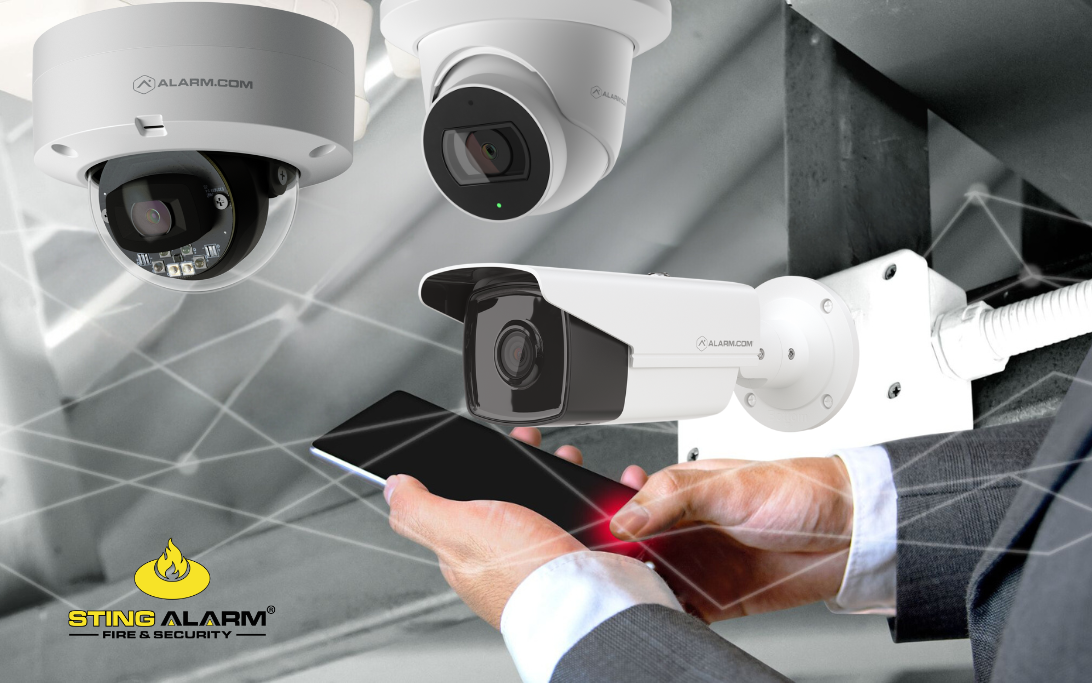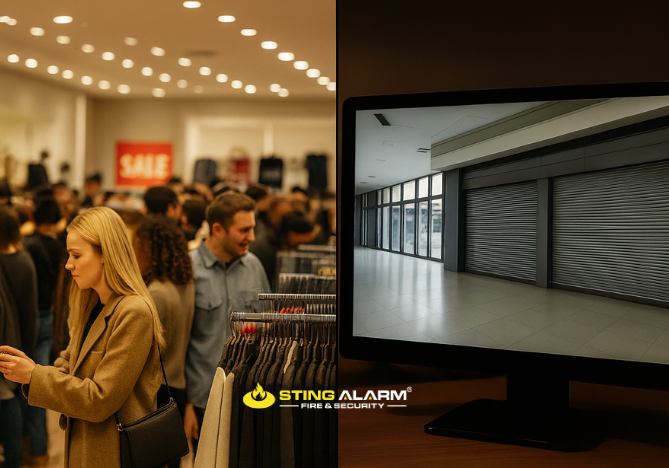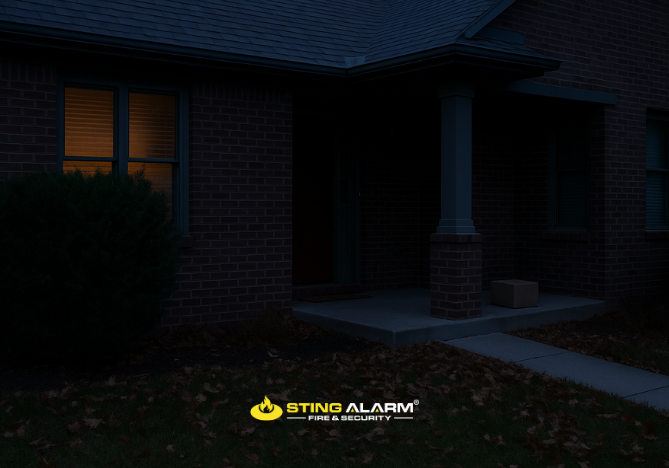
Business Security Systems: Top Considerations for Securing Your Remote Locations
Ensure your business’s remote locations stay safe. Understand security needs, choose the right equipment, integrate with existing systems, and follow regulations. Prioritize these steps to protect assets, maintain operations, and create a secure environment. Discover essential tips to fortify your business’s remote security with our comprehensive guide.
Understanding Your Security Needs
Understanding what security your business needs in different locations is the first step in protecting them. Each site might have its own challenges, like who can get in or how to watch everything. When you figure out these things, you can choose the right security system. Checking everything carefully helps you see where problems might happen and what could go wrong. This enables you to choose security that meets your needs. Knowing your security needs keeps your places, belongings, and people safe from issues and unauthorized individuals.
Choosing the Right Security System
When choosing a security system, opt for robust features suitable for remote monitoring and management. Key components may include:
- Surveillance Cameras: Surveillance cameras are crucial for remote security, offering real-time monitoring via high-definition video feeds. They enable remote viewing capabilities, allowing you to monitor premises from anywhere. Cameras equipped with infrared or night vision enhance visibility in low-light conditions, ensuring comprehensive surveillance around the clock.
- Intrusion Detection Systems: Intrusion detection systems are essential for detecting unauthorized access at remote locations. Equipped with motion sensors and door/window contacts, these systems instantly trigger alarms to alert security personnel or authorities. They provide early warning of potential threats, enhancing security and response effectiveness.
- Access Control Systems: Access control systems limit entry to authorized personnel using key cards, biometric scanners, or keypads. This prevents unauthorized people from entering sensitive areas, keeping assets and personnel safe.
- Remote Monitoring and Management: Remote monitoring and management systems enable real-time oversight of security measures at remote locations. Through mobile apps or web portals, these systems allow you to monitor cameras, receive alerts, and manage access controls from anywhere. They provide flexibility and responsiveness, empowering efficient security management without physical presence on-site.
- Encryption and Data Security: Encryption and data security are critical aspects of modern security systems. By employing robust encryption protocols, these systems protect sensitive data transmitted over networks from unauthorized access or interception. Ensuring data integrity and confidentiality, encryption measures safeguard against cyber threats and maintain compliance with privacy regulations.
- Scalability and Flexibility: Scalability and flexibility are essential when selecting security systems for remote locations. Systems that offer scalability can grow with your business, accommodating additional locations or enhanced security needs over time. Flexible configurations allow for system capabilities and integration adjustments, ensuring adaptability to changing operational requirements and technological advancements.
Integration with Existing Infrastructure
It’s crucial to connect your new security system with your existing technology. This ensures everything runs smoothly by linking cameras, alarms, and access controls to your network and management systems. This integration makes it easier to monitor and manage security across different locations. Using what you already have improves overall security and keeps your business running smoothly, adapting easily as your business grows and evolves.
Compliance and Regulations
It’s important to follow the rules when setting up security systems at your business’s remote locations. This means sticking to industry standards and laws to keep sensitive information safe and your business running smoothly. Depending on your business, rules like GDPR or HIPAA might say how you handle and protect data from security systems. Following these rules helps you avoid fines and keep trust with customers and partners. Using security that meets these standards protects against breaches and keeps your business information safe. Regular checks and updates to security rules are important to follow these rules and keep up with changes in the law.
Training and Awareness
Training your staff and raising awareness about security measures are crucial to maintaining effective security at remote business locations. Educate employees on how to use security systems properly and respond to potential threats. Conduct regular training sessions and drills to ensure everyone knows their roles during emergencies. Promote a culture of vigilance by encouraging staff to report suspicious activities promptly. Awareness campaigns can also help employees understand the importance of security protocols and their role in maintaining a safe work environment. By investing in training and fostering awareness, you empower your team to contribute actively to the overall security strategy, reducing the risk of security breaches and enhancing the safety of your business operations.
Conclusion
A reliable business security system is essential for protecting your remote locations against threats. By understanding your security needs, choosing the right system, integrating it with existing infrastructure, ensuring compliance, and training your staff, you can create a safer environment for your business operations. Consider Sting Alarm for comprehensive security solutions tailored to your specific requirements. Remember, securing your remote locations is not just about protecting physical assets but also about ensuring everyone involved in your business’s safety and peace of mind.


